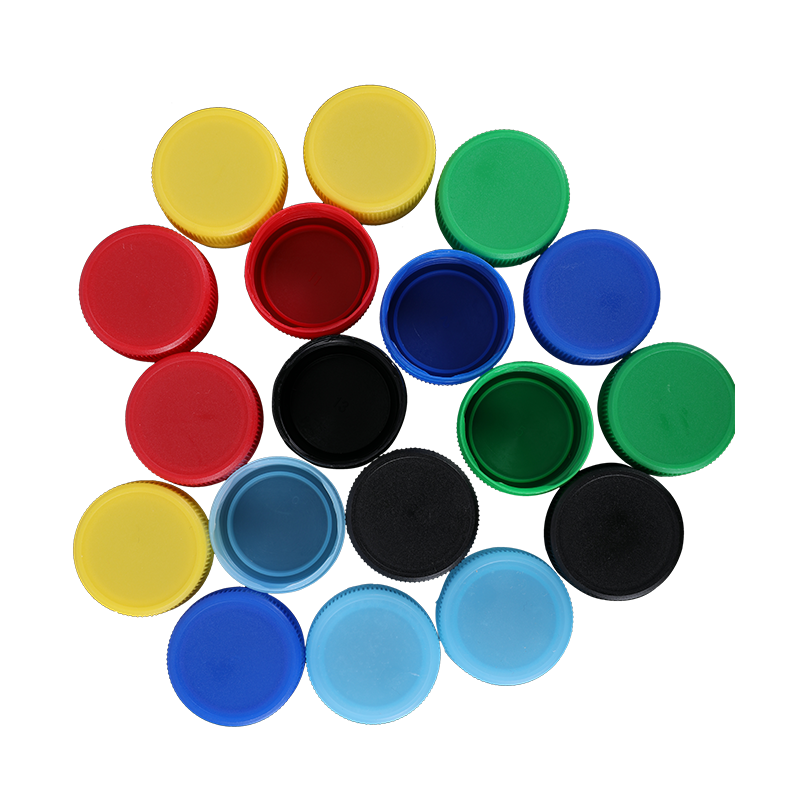Plastic preform
The technique of heat resistance, in the process of producing plastic bottles, the process control of the preform is very strict. If you want to make the bottle of good quality, you must improve its heat resistance, mainly based on the injection cooling time control, Choose reasonable design, strictly control injection and drawing, circulating air blowing technology, and the application of blowing mold temperature adjustment technology.

1. Preform injection cooling time control
Strictly control the cooling time of the preform injection, so that the preform can be demolded as soon as possible. In this way, the molding cycle can be shortened and the output can be increased, and the spherical crystallization can be induced due to the higher residual temperature.
2. Choose a reasonable preform and bottle design
The optimized shape design of the preform and the design of the bottle mold help to improve the wall thickness distribution of the bottle and avoid distortion or shrinkage in different areas of the bottle body.
3. Strictly control injection and drawing
Blowing process parameters and temperature distribution in each area, to avoid residual stress released at the glass transition temperature of PET and lead to deformation of the preform.
4.Circular blowing technology
When using hot blow molding, how to control the deformation of the bottle after demolding is very important. Blowing in the air before opening the mold and venting the cycle to cool and shape the bottle body, so as to control the amount of deformation after demolding. The air intake of the circulating cooling air passes through the same passage as the primary blowing and secondary blowing, but exhausts from the small hole in the head of the drawing rod through the drawing rod.
5. Application of temperature control technology for blow molds
The hot oil circulation method is usually used to heat the bottle blowing mold. There are three kinds of cycles for the temperature adjustment of the bottle blowing mold: the cooling water circulation at the bottom of the bottle. Keep the bottom of the bottle at a low temperature of 10℃-30℃ to avoid excessive crystallization and whitening of the unstretched bottom part.